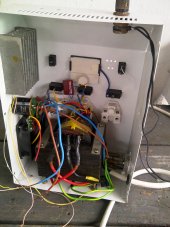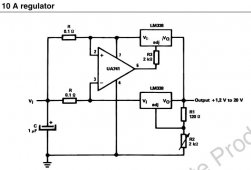chriscam2
New Member
- Joined
- May 10, 2021
- Messages
- 2
I'm totally new to this but very excited to learn. I have been searching all over and just find conflicting information. That probably because I am so new and I am not even searching the right thing. I got 2 Weize 12V 100AH Deep Cycle AGM SLA VRLA Batteries and I am going to hook them up to a Renogy Rover 40 Amp 12V/24V DC Input MPPT Solar Charge Controller. I am reading the manual and not sure if I should set the battery type as gel, sealed, or flood. I'm am thinking sealed is the correct type. But have read gel and also read sealed. Since I'm so new to this I want to make sure before I hook it up I don't cook my new batteries or do any damage.
What also confusing is the battery manual lists information about charging in v/cells. How many cells are this AGM battery. I didn't think they had cells?
What also confusing is the battery manual lists information about charging in v/cells. How many cells are this AGM battery. I didn't think they had cells?




